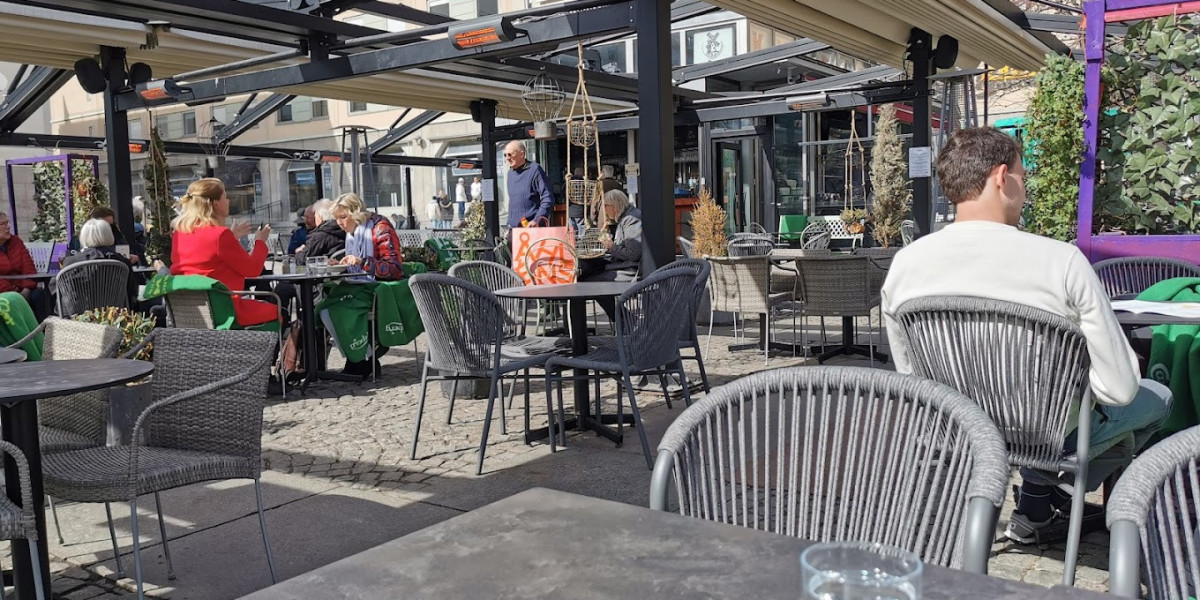What is the Metaverse?
The metaverse is a domain of virtual reality that encompasses all aspects of our online presence. Users can immerse themselves in a virtual world here, engaging in various activities, exploring new locations, and communicating with other users. The boundaries between the digital and physical worlds vanish in the metaverse, opening up countless creative possibilities.
What are Virtual Runways?
Virtual runways are, within the metaverse, computer representations of real runways. The merging of virtually enhanced physical reality and physically persistent virtual reality gives rise to the metaverse, a communal virtual shared world. To put it simply, the metaverse is a real-time digital environment where individuals can communicate with one another and their surroundings.
How can the Aviation Industry Utilize the Metaverse?
The metaverse can be used by the aviation sector to improve a number of its operational facets. Pilots have a rare opportunity to practice their abilities in a realistic digital environment and become acquainted with airports thanks to virtual runways. This can make a big difference in pilot training, especially in situations when runway access is difficult or restricted physically.
Benefits of Virtual Runways
Enhanced Training and Skill Development: With virtual runways, pilot training can take a significant step forward by offering a safe environment for practicing emergency procedures and decision-making. Pilots can improve their performance, gain experience, and increase their confidence in managing a variety of circumstances by simulating a variety of real-world settings.
Cost and Resource Savings: By doing away with the necessity for actual planes and pricey fuel, virtual runways lower the cost of pilot training. Because they can be accessed from anywhere, they do not require travel, which gives airlines a convenient and affordable way to enhance their training initiatives.
Increased Safety: Virtual runways put aviation safety first by providing a safe environment in which pilots can rehearse crucial manoeuvres and emergency procedures. Through realistic virtual simulations, this improves their capacity to manage real-life scenarios, from complex maneuvers to varied airport layouts.
Overcoming Challenges in the Metaverse
Technology Integration: The deployment of virtual runways depends on their seamless interaction with current aviation systems, necessitating airline expenditures in cutting-edge VR hardware, software, and network capabilities. Increasing research and development spending as well as working with suppliers are necessary to overcome technological obstacles.
Regulatory Approvals: Regulatory clearance is required before virtual runways can be fully implemented in pilot training, in order to guarantee adherence to performance and knowledge requirements for aviation safety. Establishing thorough regulations and limitations for the use of virtual runways requires close cooperation between technology developers and aviation authorities.
Acceptance and Adoption: Virtual runway adoption and acceptability by aviation experts and organizations are critical to the implementation of virtual runways. For this cutting-edge technology to be widely adopted, it is essential to promote pilot usage, offer the required assistance and training, and develop collaboration through best practices and case studies.
Enhancing Pilot Training: The use of virtual runways has the potential to completely transform pilot training. Traditional simulator programs are important, but they are not very good at simulating the real-world scenarios that pilots must navigate on actual runways in order to be certified to operate an aircraft.
Improving Flight Planning and Navigation: In aviation, choosing the optimal route and amount of fuel to use is known as flight planning, and it is essential for safe and efficient travel. Virtual runways improve route visualization and help identify obstacles, which greatly improves navigation and flight planning. Virtual runways in flight planning software improve approach planning, leading to safer and more efficient flights.
Enhancing Passenger Experience: Virtual runways improve pilot training and navigation, which benefits passengers traveling by air. Experienced pilots who practice on simulated runways make travel easier and more pleasurable. Precise navigation reduces delays, guaranteeing customers a comfortable and on-time ride.
Future Possibilities: Virtual Air Traffic Control
For the airline industry, the idea of virtual runways offers up countless opportunities. Using virtual air traffic control towers is one such option. Using the advantages of the metaverse, air traffic controllers might oversee and direct airplanes from a virtual control tower in this scenario.
With the ability to coordinate flight paths more precisely and respond to emergencies more quickly, virtual air traffic control has the potential to greatly increase efficiency and safety. Through the smooth integration of virtual runways and virtual air traffic management, the aviation sector may reach unprecedented levels of accuracy and dependability.
In Conclusion, Metaverse Development in the aviation sector is essential to the revolution of pilot training and simulation because it provides realistic and immersive virtual environments for skill development. By improving pilot training, flight planning, and navigation, virtual runways are revolutionizing aviation. The aviation sector is positioned to experience safer, more efficient, and pleasurable air travel as the metaverse develops, helping to shape the industry’s future. Prepare to investigate the aircraft metaverse!
To get more information Metaverse Development Company
Get an expert consultation!
Call/Whatsapp: +91 9442164852
Telegram: Osiz_Tech
Skype: Osiz Technologies (p) Ltd
Email: [email protected]







